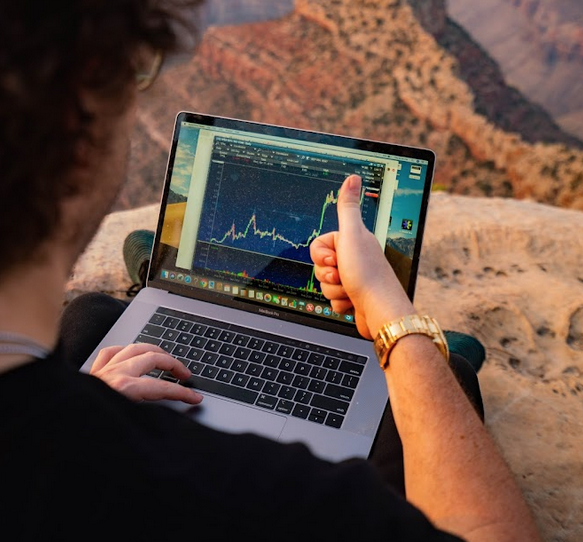Welcome to August!
July was a month full of insane profit opportunities.
Even with my overly-safe approach, last month I managed to pull $46,837 from the market (including losses).
I know … That’s what some people make in a full year.
I’m SO grateful for these market opportunities. And I’m doing my best to give back to my community by teaching YOU this process.
A lot of my millionaire students came to visit me in Italy last month, and it was a blast! See my post on X below:
And it has me even more excited about all the upcoming millionaire students. All the students that are just starting out. Maybe I’ll see them in Italy soon too!
I’m excited to teach YOU how we trade these stocks.
There is so much opportunity in this market. And the profit opportunities will continue in August!
The question is whether you’ll be there to capitalize.
These are the top trade opportunities that I’m watching:
My #1 Pattern Right Now

2025 Millionaire Media, LLCIt’s all about the panic dip buy pattern.
I’m seeing these trades over and over again in this 2024 market.
And the more times that my students see this pattern, the quicker they’ll be able to pick up on the process.
I’ve already used this pattern to profit twice on Serve Robotics Inc. (NASDAQ: SERV) … which brings me to my next point: These patterns can repeat on the same stock.
Take a look at my trade notes below:


Here’s a chart of SERV showing the morning panics that I traded:

And it’s not just on SERV …
I’ve seen this pattern over and over again on a bunch of different stocks.
I even recorded videos to catalog this price action. See my post below:
The panic dip buy is a specific pattern within the overall framework that these volatile stocks like to follow.
The framework is based on human psychology. People are predictable during times of high stress.
That’s partially why it’s called a “panic” dip buy.
People are panic selling.
Traders who understand the ‘why’ behind the price movements are more likely to play these stocks successfully.
The Next Panic Dip Buy

2025 Millionaire Media, LLCWe can’t exactly predict where the next panic dip buy will come from …
Not with a 100% degree of certainty.
But, these patterns like to repeat in the market. Which is why it’s important to watch stocks that have already shown us panic dip buy opportunities.
SERV is a great example. I’ve already traded two panics on it.
Plus, the chart is still in play! There’s a strong possibility that we see another trade opportunity from this price action.
I’m also watching for panics on volatile stocks that are trading near their highs.
An example is NuZee Inc. (NASDAQ: NUZE). The price spiked on July 24, consolidated for a few days, and then ripped higher yesterday.
The total moves measures 670%*, see the chart below where every candle represents one trading day:

Keep these stocks on your watchlist.
And if you get stuck …
Use my AI trading bot!
This is an artificial intelligence that follows the same framework that my millionaire students and I use to trade. The same framework that includes our panic dip buy pattern.
Enter the stock that you’re watching and it will spit out a trade plan as if you asked me directly.
Cheers.
*Past performance does not indicate future results









Leave a reply